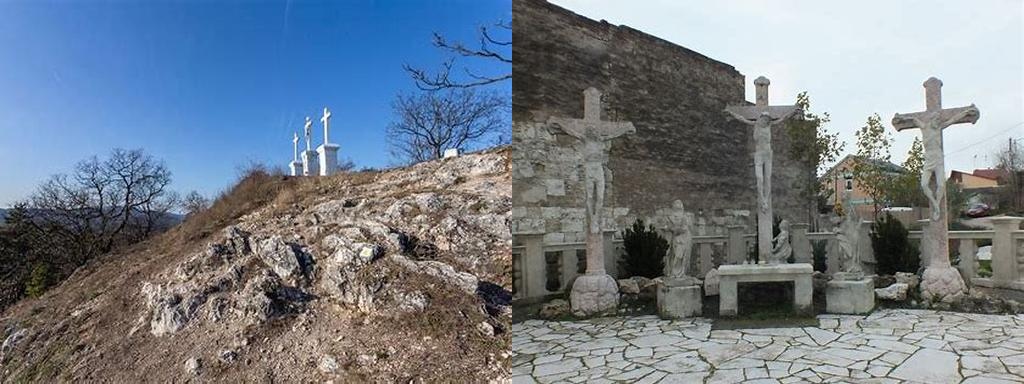
Kálvária, or Calvary, is not simply a landmark you tick off a travel list—it’s an experience, a feeling that mingles spiritual gravitas with Central European history, presenting itself quietly atop a hill, waiting to be stumbled upon by those with a curious mind or a love for serene views. Perched typically on the outskirts or near the old town of Hungarian cities or villages, the most iconic one can be found in Pécs, a city that feels like a crossroads between Mediterranean daydreams and Hungarian reality. As you approach the hill, either by a winding footpath shaded with acacia trees or a well-worn set of ancient stone steps, the city fades away and a tranquil world opens up, dominated by the sight of the 19th-century whitewashed chapels leading, station after station, toward a dramatic triple crucifixion scene at the summit.
The journey up the Kálvária is more than physical; it’s a walk through layered centuries. Each small chapel marks one of the Stations of the Cross, a tradition that stretches back hundreds of years. These chapels, each built between the 18th and 19th centuries, are adorned with weathered reliefs showing episodes from the Passion, their stonework worn from generations of hands and hearts, be they solemn pilgrims or modern-day wanderers. The particular Kálvária in Pécs was established around 1741 by the Jesuits, making it a relic of baroque faith and artistry. Look closer and you’ll notice unique motifs above the doors—religious symbols, yes, but also etched remnants of the local history, a peek into how the town has evolved around this silent sentinel on its hill.
Arriving at the crest, your reward is twofold. Firstly, the view: all of Pécs sprawls out below, a fantastical tapestry of red rooftops, minarets leftover from the Ottoman age, and distant green woodland. If you’re lucky enough to visit in spring, almond trees bloom in disarray, their petals swirling down around the monumental crosses. It’s a spot that demands you pause. People linger here after hiking up, sometimes pulling out picnics, sometimes just sitting in thoughtful silence, surrounded by the cool stone, the hum of bees, and the quiet humbling realization that the same vista has comforted and inspired locals for almost three centuries.
But Kálvária is more than its Christian story. Over time, it has become a patchwork of meanings—devotional, natural, communal. On feast days, the hillside pulses with ancient rituals; on ordinary afternoons, teenagers picnic or couples share coffee from a thermos. Local runners jog up and down for cardio, mingling with elderly women who still trace the stations, rosary in hand. This blend of sacred and ordinary, the mingling of past and present, is a rare thing; few attractions let you step so easily into the living narrative of a city. The simple act of climbing those stairs, passing the chapels, and staring out at the Baranya countryside connects you to every visitor who came before, whether they sought spiritual comfort or just a moment of beauty.
Do keep an eye out for stone inscriptions and graffiti; the layers of names, carved over generations, are perhaps the truest palimpsest of a place at once sacred and lived-in. Dawn and dusk transform Kálvária once more—the soft gold of morning or the violet fade of evening make the crosses and chapels glow, almost ethereal. Many locals say there’s nothing quite like seeing the sun rise (or set) at this spot, illuminating both stone and city in a communal hush.
In the end, whether you’re drawn by history, architecture, panoramic views, or just the gentle promise of climbing out of your routine, Kálvária receives all visitors with quiet grace. It’s where you can breathe deep, feel the centuries settle around you like a velvet cloak, and find—if only for a while—your own small place in a grand, ongoing story.





